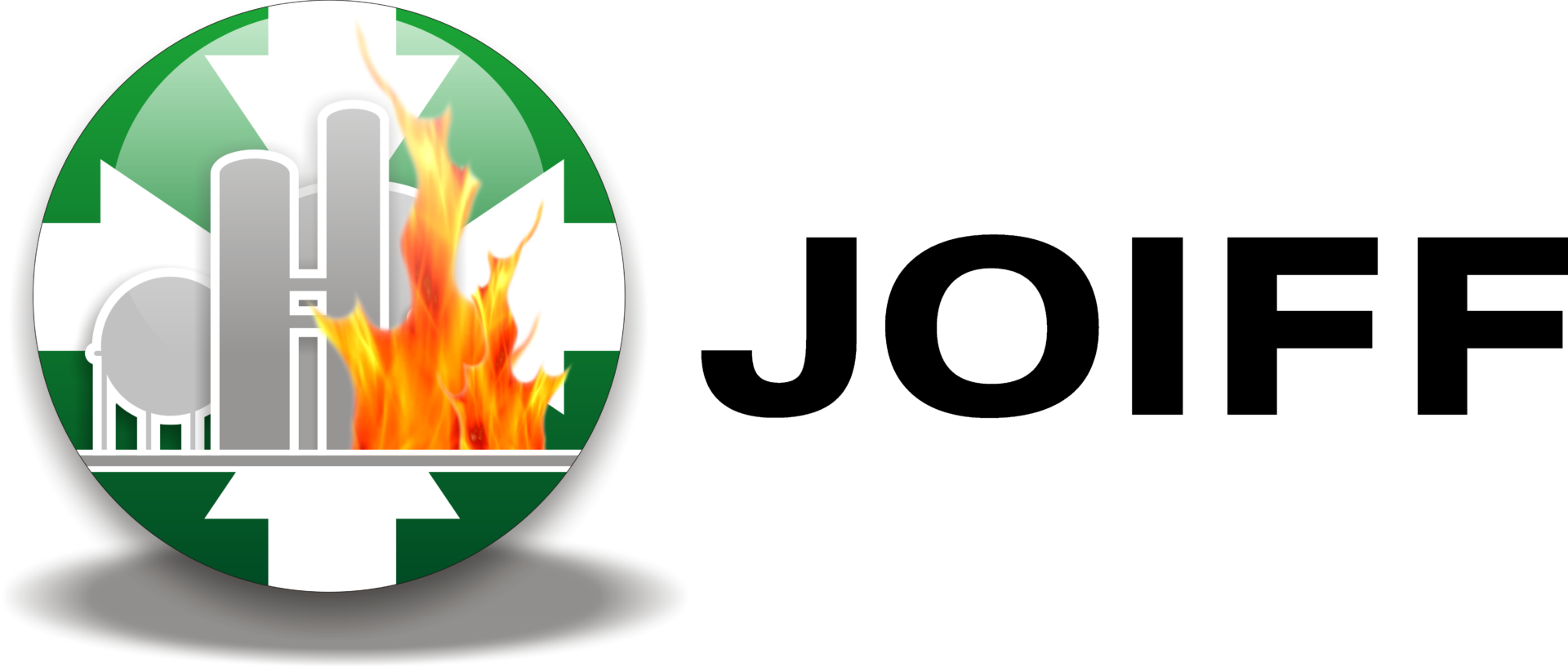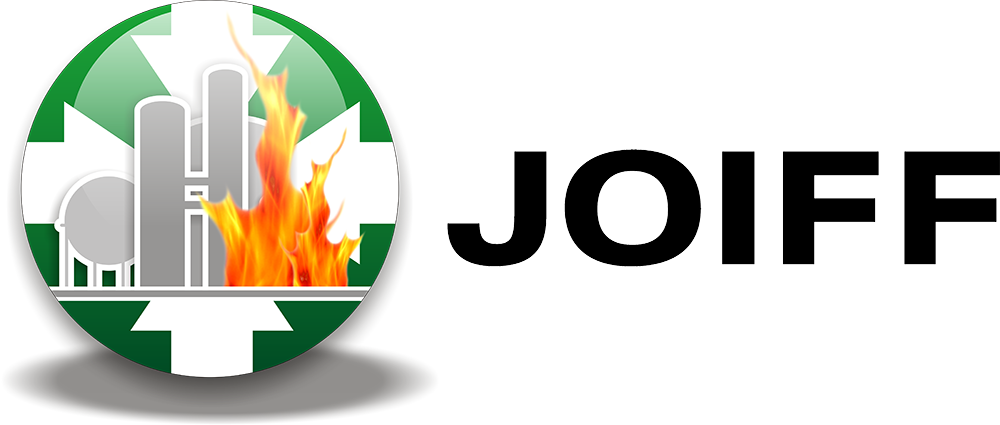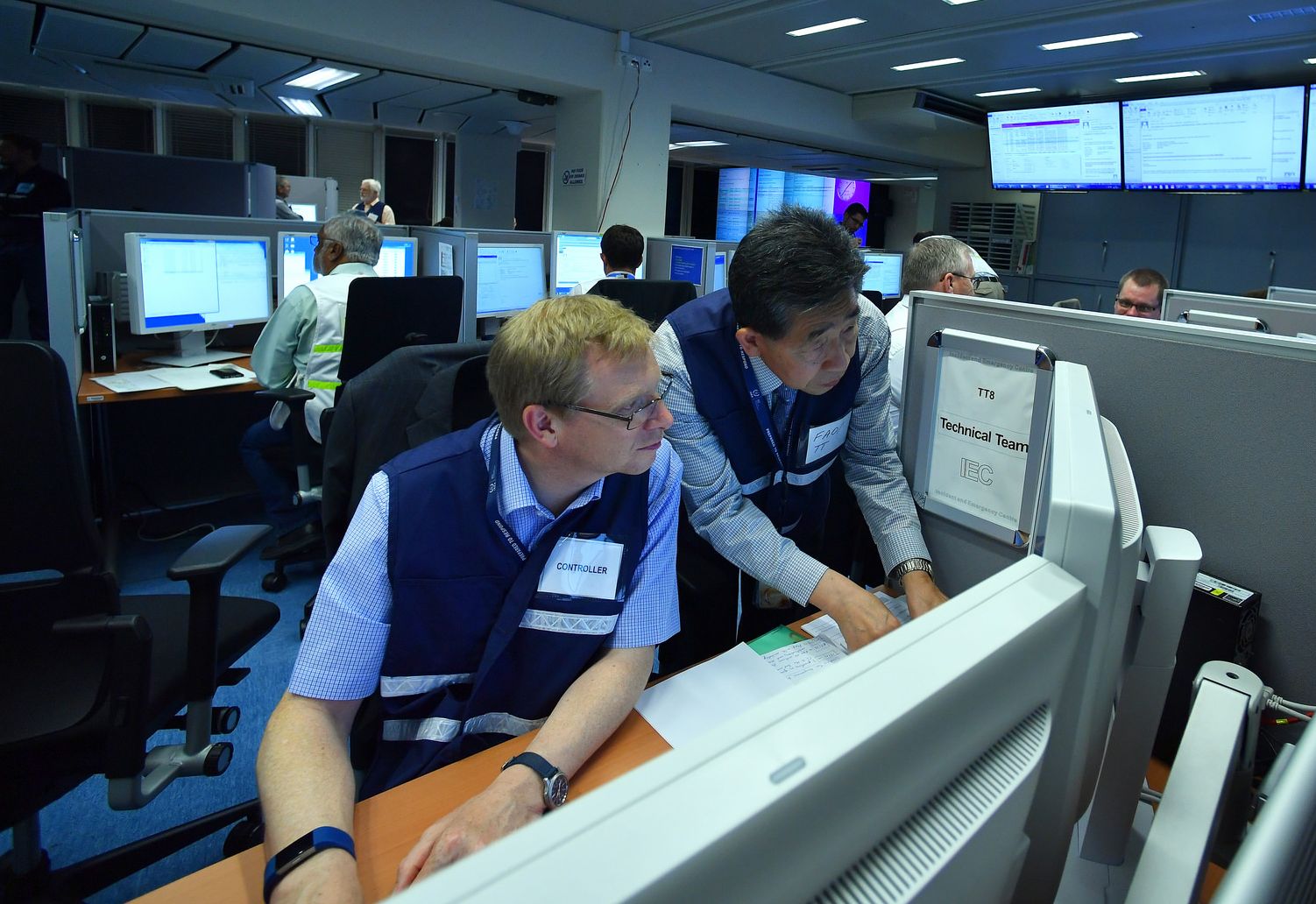International Nuclear Emergency Drill Evaluates Global Response to Simulated Reactor Crisis
In a large-scale test of worldwide nuclear emergency preparedness, the International Atomic Energy Agency (IAEA), together with more than 75 nations and 10 international organisations, recently wrapped up a 36-hour exercise simulating a serious incident at Romania’s Cernavoda Nuclear Power Plant. The ConvEx-3 (2025) drill was held from 24–25 June.
Organised every three to five years, these exercises are based on hypothetical scenarios hosted by IAEA Member States. This year’s simulation envisioned a major radioactive release, requiring countries and organisations to practise swift decision-making, exchange of critical information, public communication and coordination of protective actions such as medical response and cross-border operations.
“The ConvEx-3 (2025) exercise highlighted how crucial international cooperation is for nuclear emergency readiness,” said Carlos Torres Vidal, Director of the IAEA’s Incident and Emergency Centre. “By training together under realistic conditions, we boost our shared capacity to safeguard people and the environment.”
Notable elements of this year’s drill included:
- Strengthened regional partnerships: To address potential cross-border impacts, neighbouring nations like Bulgaria and the Republic of Moldova synchronised protective measures to ensure consistent responses.
- Incorporation of security threats: The scenario also featured challenges related to physical protection and cyber security, reflecting modern risks.
- Expanded crisis communication tools: A sophisticated social media simulator was used to test and refine public information approaches.
- International support missions: Specialist teams from Bulgaria, Canada, France, Lithuania, Moldova, Sweden and the United States carried out joint operations—such as aerial and ground-based radiation monitoring—under the IAEA’s Response and Assistance Network (RANET).
The exercise underlined the vital role of timely data exchange, precise assessment and effective communication with the public during nuclear emergencies.
Held periodically, ConvEx-3 exercises test and improve the emergency systems developed under the Convention on Early Notification of a Nuclear Accident and the Convention on Assistance in the Case of a Nuclear Accident or Radiological Emergency.
In the coming weeks, the IAEA will review feedback from all participants to identify lessons learned and potential improvements, further strengthening global nuclear emergency readiness. Insights from this exercise will also inform discussions at the International Conference on Nuclear and Radiological Emergencies (EPR 2025), scheduled for December in Riyadh, Saudi Arabia.
Photo credit: International Atomic Energy Agency. All rights reserved.


